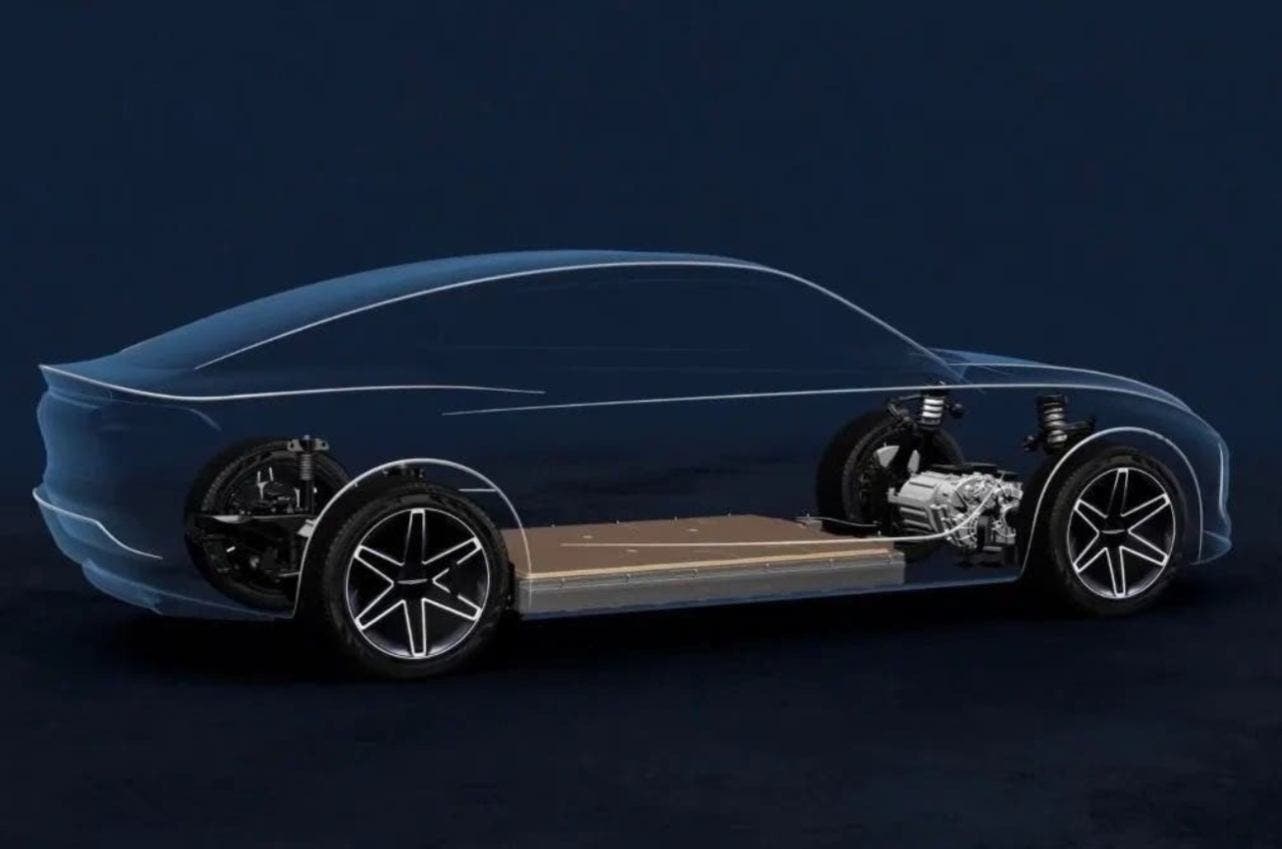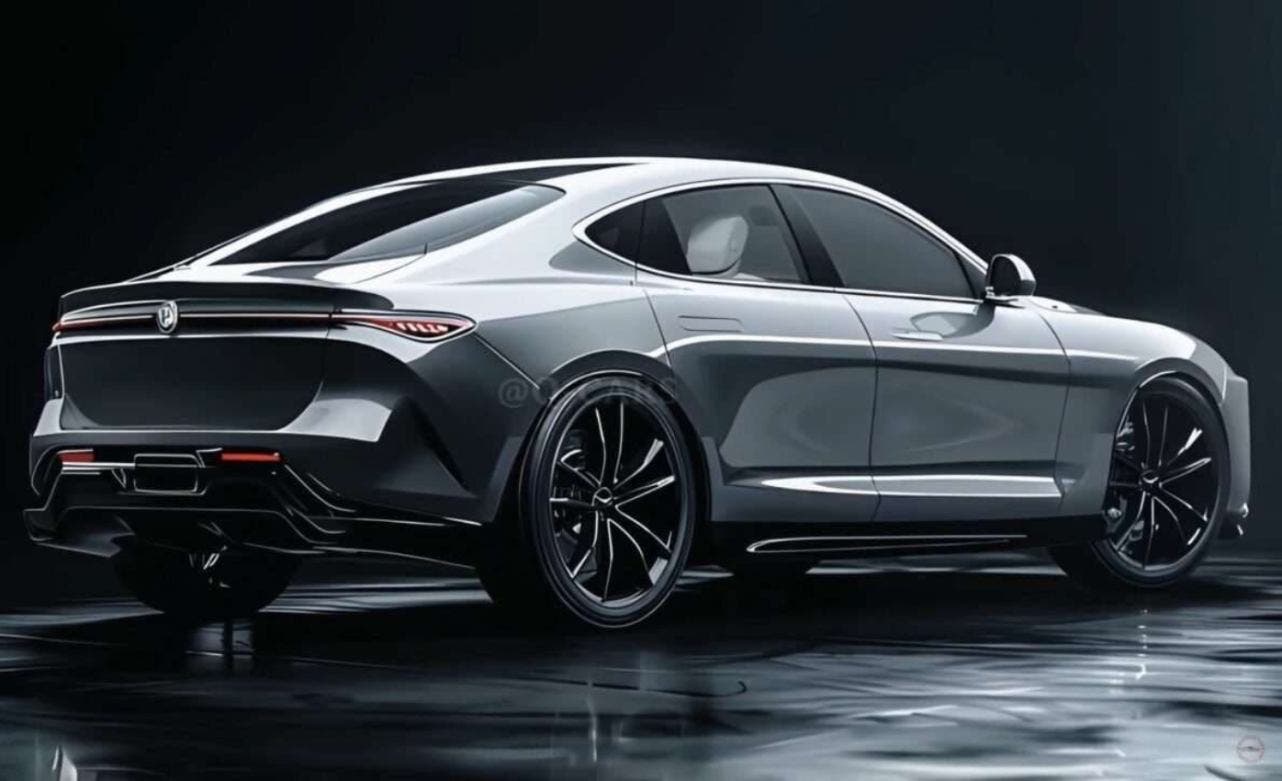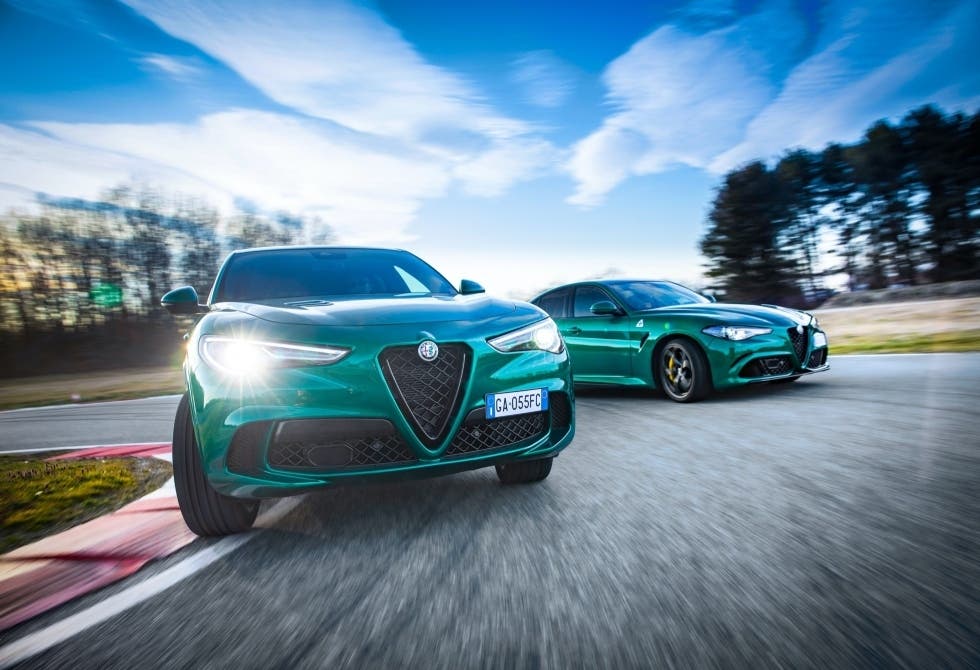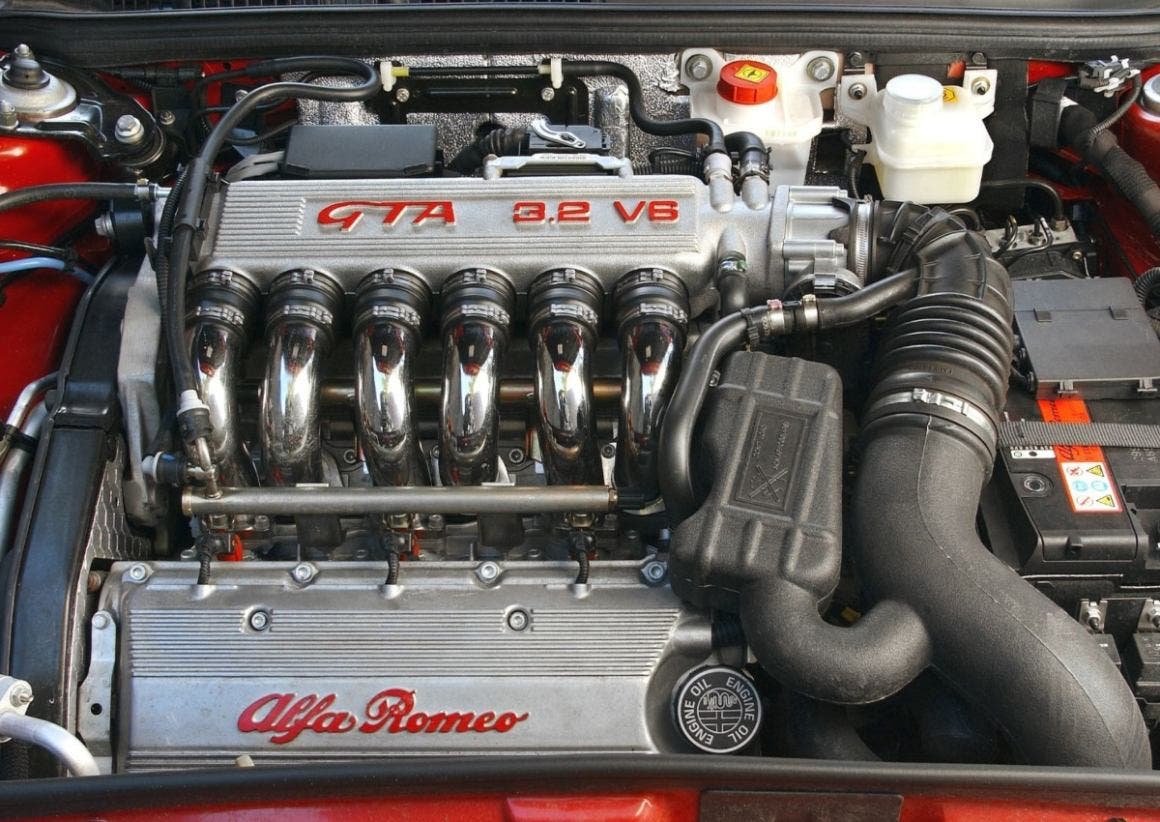Preparing to adopt a new approach to sustainable mobility, Alfa Romeo by 2025 aims to completely abandon heat engines and focus exclusively on electric cars.
Alfa Romeo: toward a 100 percent electric future? 2024 will be a crucial year
2024 will be the decisive year for the Biscione brand. The success of the Tonale SUV and the arrival of the Alfa Romeo Junior, the Biscione’s first electric car, have set the tone for this new course. But the road is still long and full of challenges.
Alfa Romeo is certainly an absolutely historic brand for thermal engines, which in recent times is trying hard to focus on rebuilding an innovative future that is worthy of the brand name. As we have mentioned before, by 2025, production may abandon thermal engines altogether to employ all its resources for total electrification. This is a rather challenging choice that opens up numerous new scenarios for the brand, as well as new challenges that continually arise in the automotive market.

Well, as we know the last few years, the Alfa Romeo manufacturer has been going through a period of great revitalization. The brand, which is currently under the leadership of Stellantis, has recorded an excellent 30 percent increase in sales in 2023 over the previous year. In particular, the success of the Tonale SUV, along with models that the public has loved so much such as the Giulia and Stelvio, contributed to this latest very positive trend. In addition, the arrival of the Alfa Romeo Junior, the brand’s first electric car, further strengthened Alfa Romeo’s electrification business strategy.
The ambitious decision toward electric and the abandonment of thermal engines

In any case, the decision to completely ditching thermal engines by 2025 represents a very courageous and also very ambitious gesture. Alfa Romeo in this way positions itself as a dragger in the transition to electric mobility, focusing on a future that is sustainable in all respects for the planet. The Junior hybrid should therefore be the last model to be produced with a gasoline engine, while as for the new generation Stelvio we know that it will be solely electric.
Obviously, while a most appreciable choice, it does not mean that it is entirely risk-free. Although sales at the global level of Alfa Romeo, have been growing steadily in recent periods, they still remain quite small (about 69,500 vehicles have been counted as registered in 2023). This means that if there were to be a failure of the electric strategy, this could result in a slump in sales, with very negative consequences for the brand.

For that very reason, Alfa Romeo could introduce hybrid variants of the Stelvio and Giulia alongside the electric models, increasing the security of its current business strategy. This choice could give the brand an opportunity to differentiate its offerings and meet the needs of a larger and still evolving market.
As has become well known by now, the transition of cars to electric is a very important and particularly challenging step for all automakers. Alfa Romeo, with its own characteristics, may have a chance to play a major role and thus incentivize other companies as well. Let’s see how this brand attempts to bring its vehicles to success, driving this very important challenge for any manufacturer that is trying to keep up with the rapidly changing automotive market.

